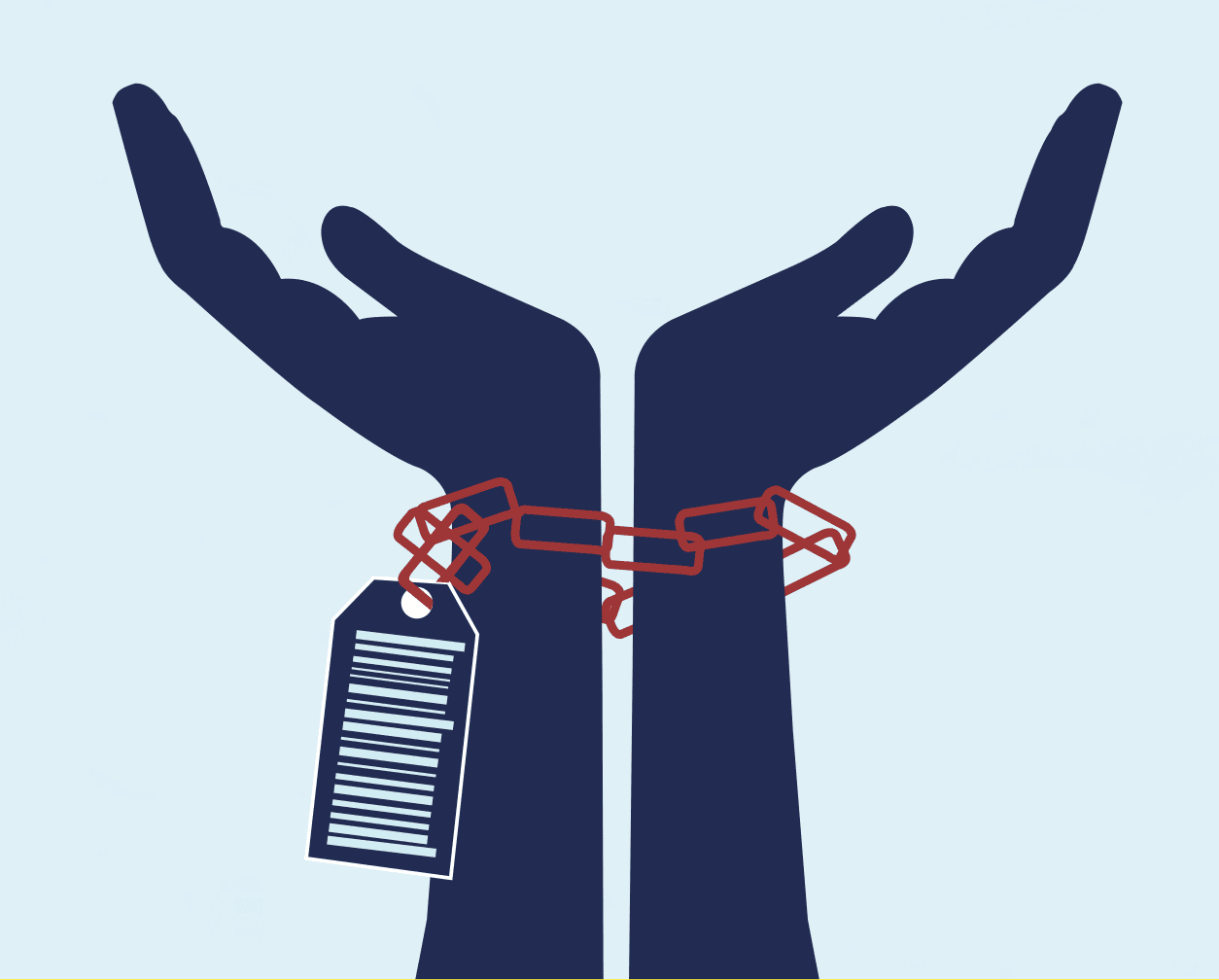
Understanding Human Trafficking in Rwanda: Causes, Effects, and Impact
Human trafficking, the modern-day form of slavery, affects the lives of many people globally. A 2017 report by the International Labour Organization (ILO) estimated that 24.9 million men, women, and children were victims of human trafficking around the globe (Human trafficking by the numbers, 2017). Ending human trafficking remains a priority of the Rwandan government, as articulated clearly by H.E. President Paul Kagame in August 2014 during the swearing in of ministers, members of parliament, and the inspector general of police:
“Can we afford to keep quiet in the face of human trafficking? How is it possible that our children – particularly girls – have become a commodity, even though we are aware of the problem? People are not commercial goods. Ending trafficking of girls goes beyond law enforcement authorities; it is the responsibility of every citizen” (Kagame, 2014).
The country’s commitment to ending human trafficking is also reflected in the adoption of national legal frameworks and the incorporation of internationally accepted standards for addressing the crime of human trafficking, most notably the 2018 enactment of Rwanda’s Trafficking in Persons (TIP) law.1 The Rwandan government has also discussed strategies for addressing human trafficking in high-level meetings. However, the lack of research on this issue hampers the implementation of effective policies and programmes for combatting human trafficking. In response to this challenge, the International Organization for Migration (IOM) and the Ministry of Justice (MINIJUST) commissioned Never Again Rwanda (NAR) to conduct research on human trafficking in Rwanda.
This Executive Summary firstly discusses the research objective and questions, followed by a brief overview of the literature on human trafficking. It then looks at the policy and legal framework of human trafficking, both in Rwanda and internationally. The research methodology and key findings from the research are then outlined, followed by the conclusion and recommended actions.
For more, please click here.
